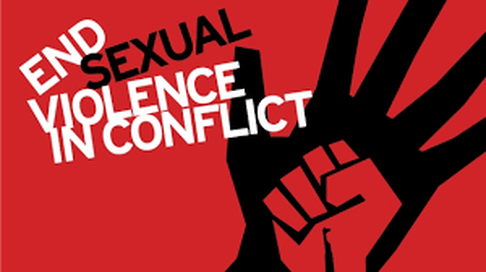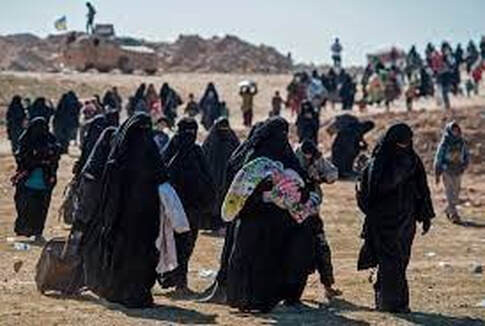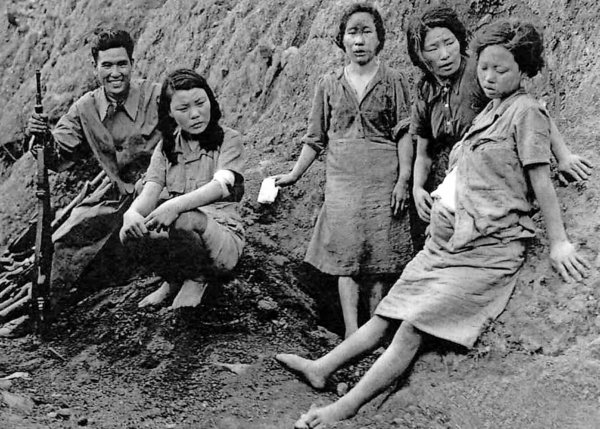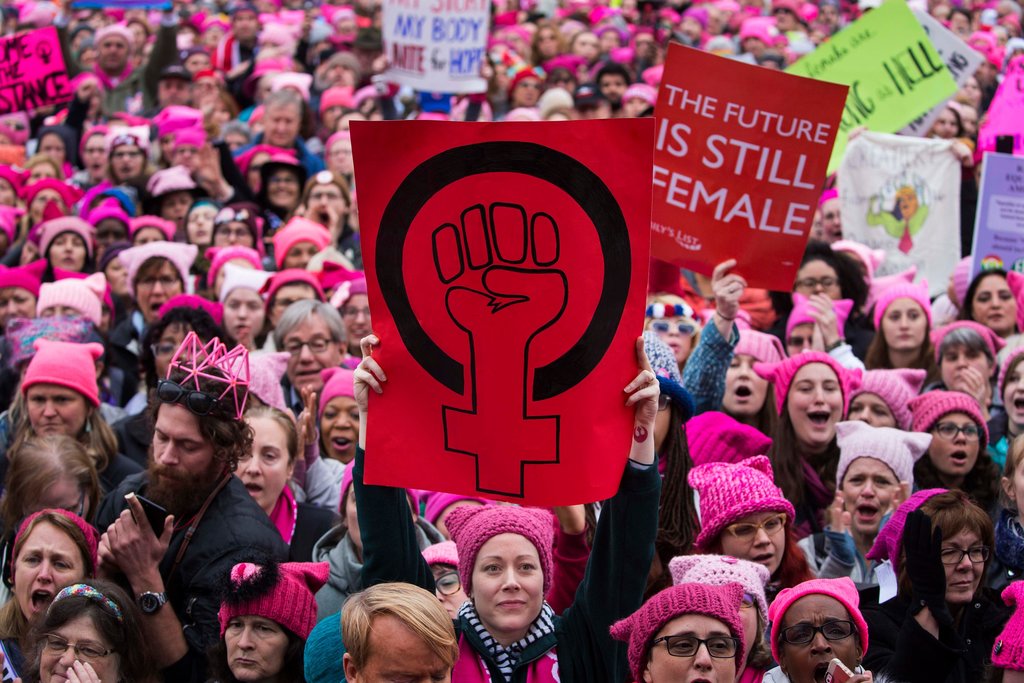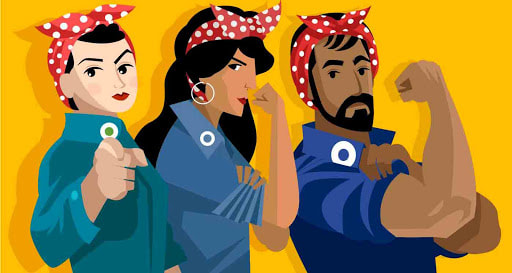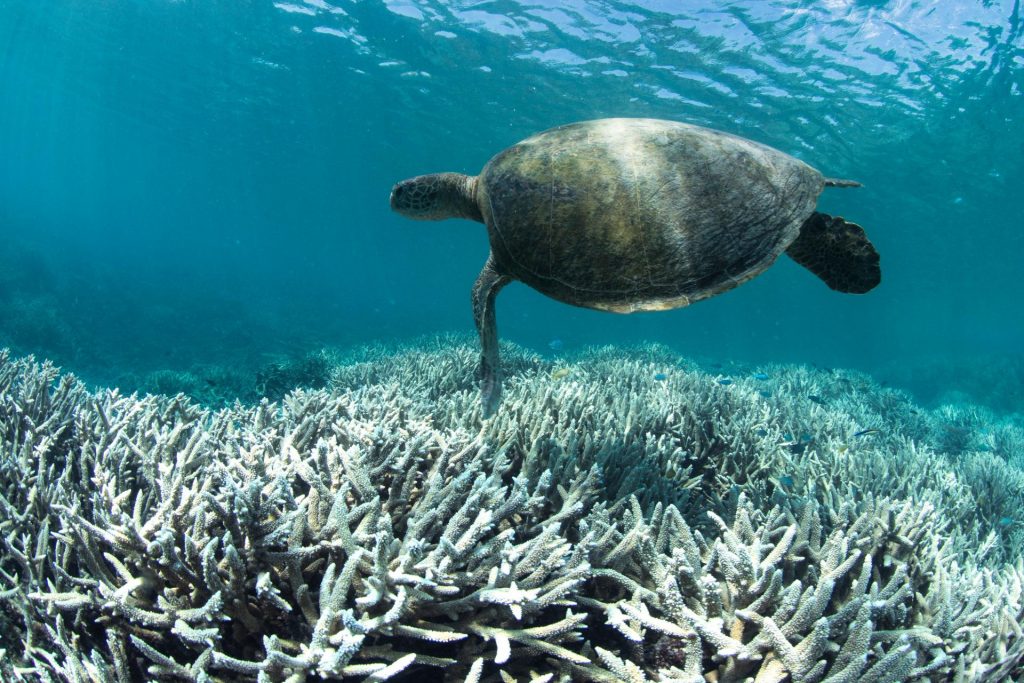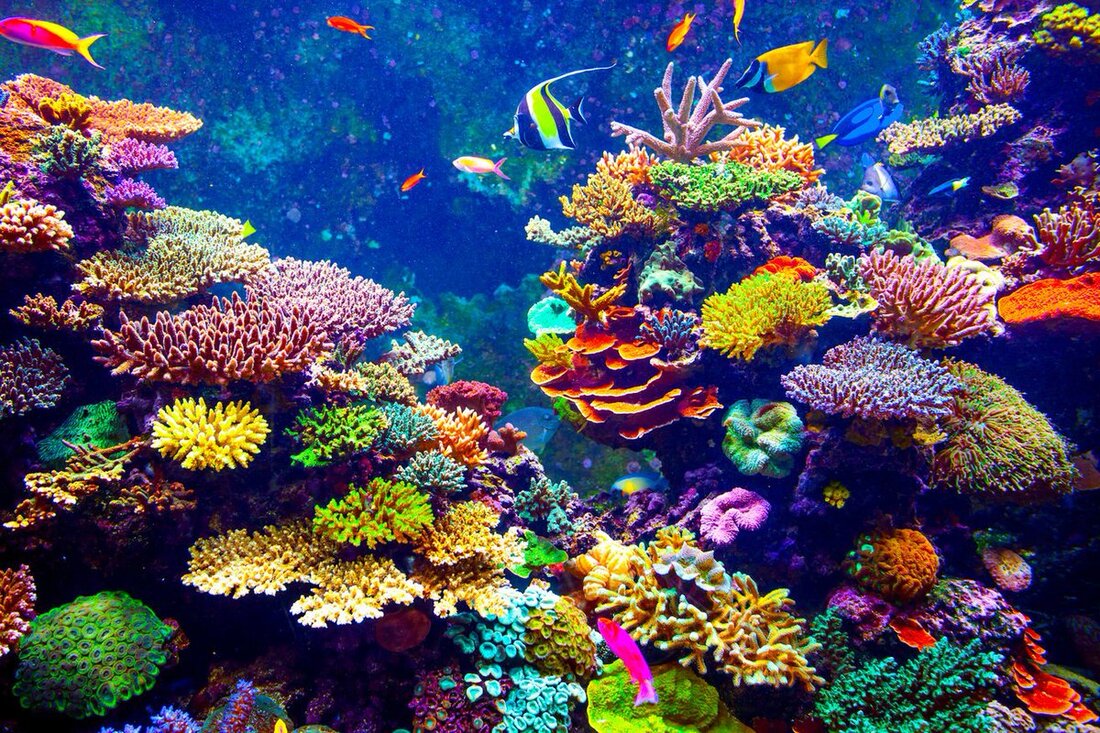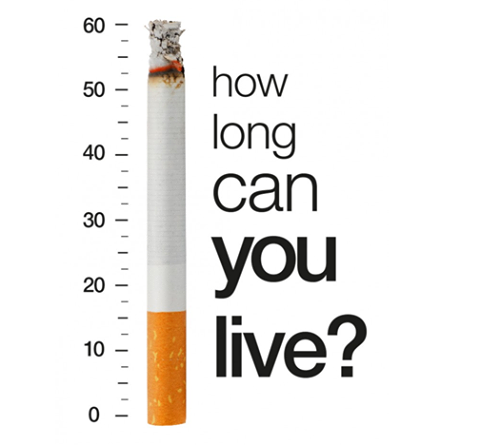The vast majority of refugees are being hosted in developing countries, to be more precise 86% of them. In many cases this also means poor living conditions, limited access to education, food and water. These countries are often over-populated with refugees and are already struggling to take care of country’s own people. What’s more about the living conditions, the fact that many of the camps, where refugees are situated are over-populated, camps that are meant to host around six thousand people, end up with hosting 38.000 people in reality.
When talking about education, it is one of the most vital parts of growing up. Unfortunately for 4 million refugee children are unable to attend school. Even if they do get elementary education it is extremely difficult and often impossible to get secondary education due to no fundings and no school facilities in the area where they live. For girls it is even more stark, only 27% of refugee girls have been enrolled in school, whereas there are 36% of refugee boys, who get to attend school. Due to having to leave their homes unexpectedly and with uncertainty of what lies ahead, their education will be interrupted for weeks, months or even years. On average, UNHCR estimates that refugees miss out on three to four years of schooling because of forced displacement.
In the class will be children who have seen their homes destroyed and their relatives injured or killed. Some may have disabilities, either from birth or as a result of the violence in their home countries. There may be a former child soldier, a survivor of sexual abuse, someone who made the journey to safety when their brother or sister did not.
Despite this, that classroom can transform and change children. It is a space where they can learn how to read, write and do mathematics. The studying goes beyond the curriculum, they are learning how to learn and they have the chance to learn about basic health care, hygiene, citizenship, human rights and where, how and from whom to get help.
From the first lessons through to university, education helps refugees stand on their own feet, allowing them to prepare for the future, whether that is in a host country or in their own country upon their return.
“The New York Declaration for Refugees and Migrants pinpoints education as a critical element of the international refugee response.
Furthermore, Sustainable Development Goal 4 aims to deliver“inclusive and quality education for all and to promote lifelong learning”.
UNHCR partners with governments and international organisations to ensure quality protective education for refugee children and young people everywhere. Together with your help, they can learn how to rebuild their lives.
Education is a basic human right, enshrined in the 1989 Convention on the Rights of the Child and the 1951 Refugee Convention.
Education protects refugee children and youth from forced recruitment into armed groups, child labour, sexual exploitation and child marriage. Education also strengthens community resilience.
Education empowers by giving refugees the knowledge and skills to live productive, fulfilling and independent lives.
Education enlightens refugees, enabling them to learn about themselves and the world around them, while striving to rebuild their lives and communities.”
KAROLIN KASPER
Karolin is an Estonian volunteer in Praxis organisation involved in the World Refugee Day campaign.
